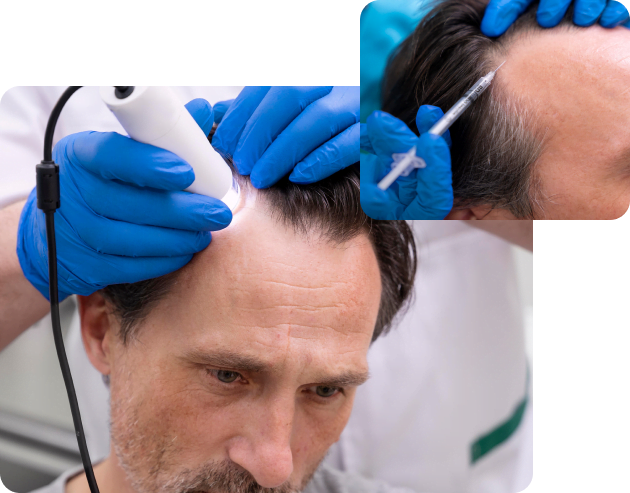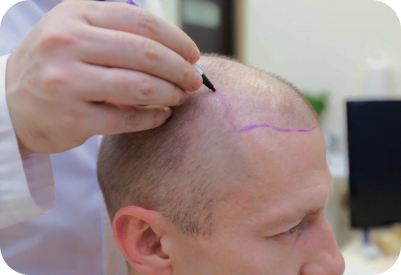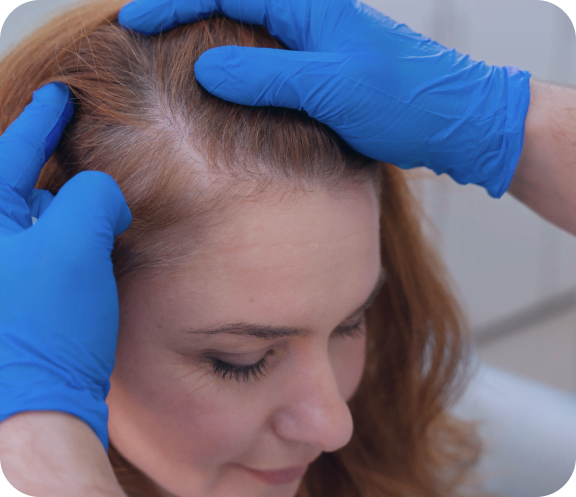Preparation for an ATERA Procedure
In preparation for an ATERA procedure, Dr. Thiele will provide specific instructions to prepare you for this hair transplant surgery. These instructions provide guidelines for eating and drinking, smoking, and taking or avoiding certain medications. You must follow these instructions precisely. If you’re smoking, you must stop at least a week or two before the procedure. Smoking inhibits blood flow to the skin and can interfere with the healing process.
During your initial assessment, Dr. Thiele will calculate the number of hair grafts required to determine the treatment duration.
The ATERA system moisturizes hair follicles after they are extracted. This moisturization keeps the follicular unit primed for grafting and enables the transplantation process to run smoothly. The hand unit can employ three different punch sizes, offering a solution that’s more adaptable to a patient’s specific case than other systems.
At The Hair Transplant Center – Dallas, Dr. Thiele performs hair transplant surgery on an outpatient basis in our facility. This surgery doesn’t require a whole day to complete; the procedure begins in the morning and generally ends during the afternoon of the same day.
Find out how we prepare patients for this procedure:
- Dr. Thiele or his experienced technicians trim the donor area on the back of the head.
- We apply a local anesthesia with sedation over the donor area.
- After the anesthesia takes effect, Dr. Thiele’s team extracts hair follicles from the donor area using micro punches under three to five times magnification.
- After extraction, the ATERA collection system places the follicles in a staging area that digitally counts the number of extracted follicular units and keeps them in prime condition for grafting. These hair follicles remain in a moist, cooled state.
- Dr. Thiele and his team carefully transplant the harvested hair to the recipient site.


